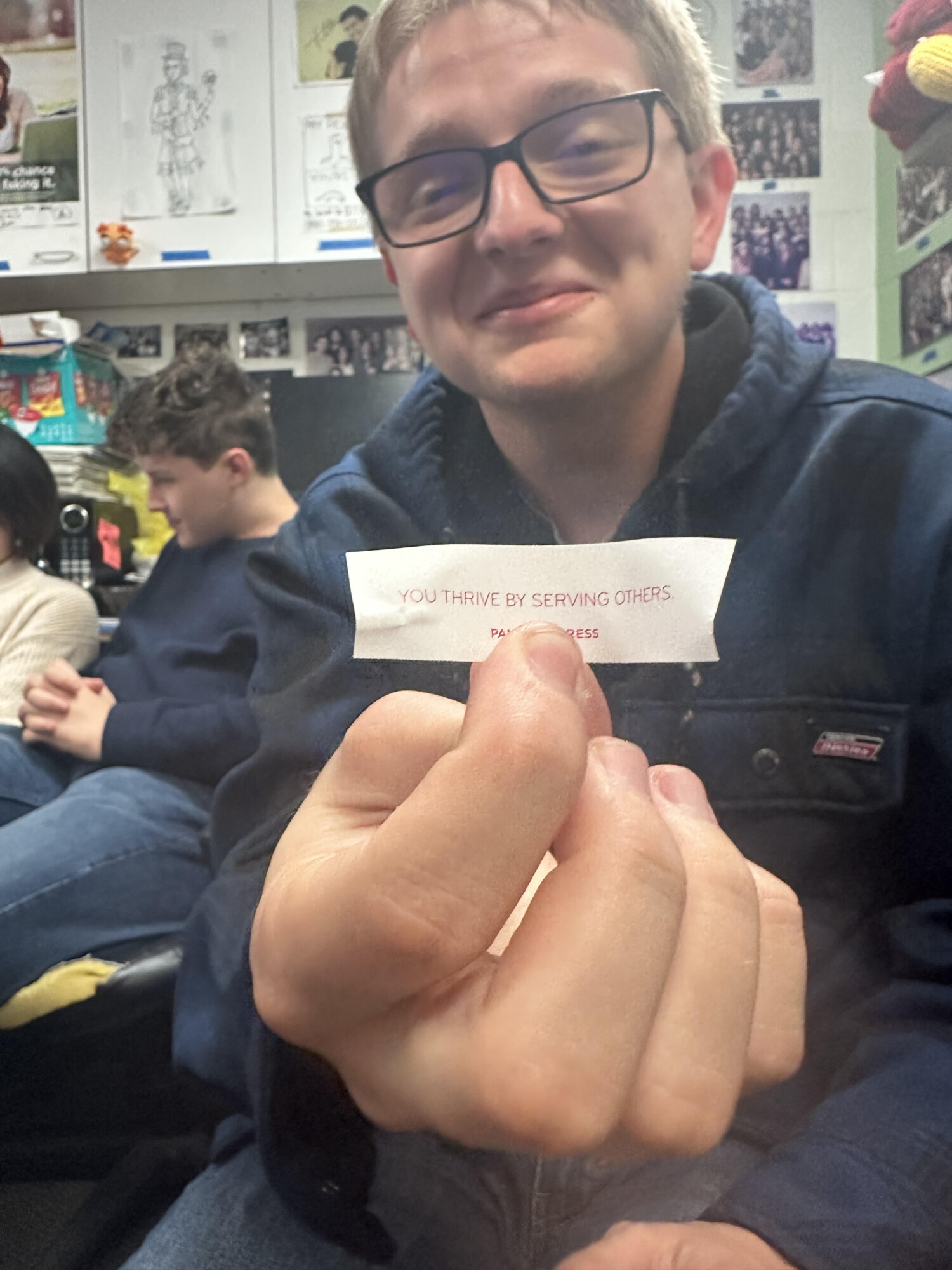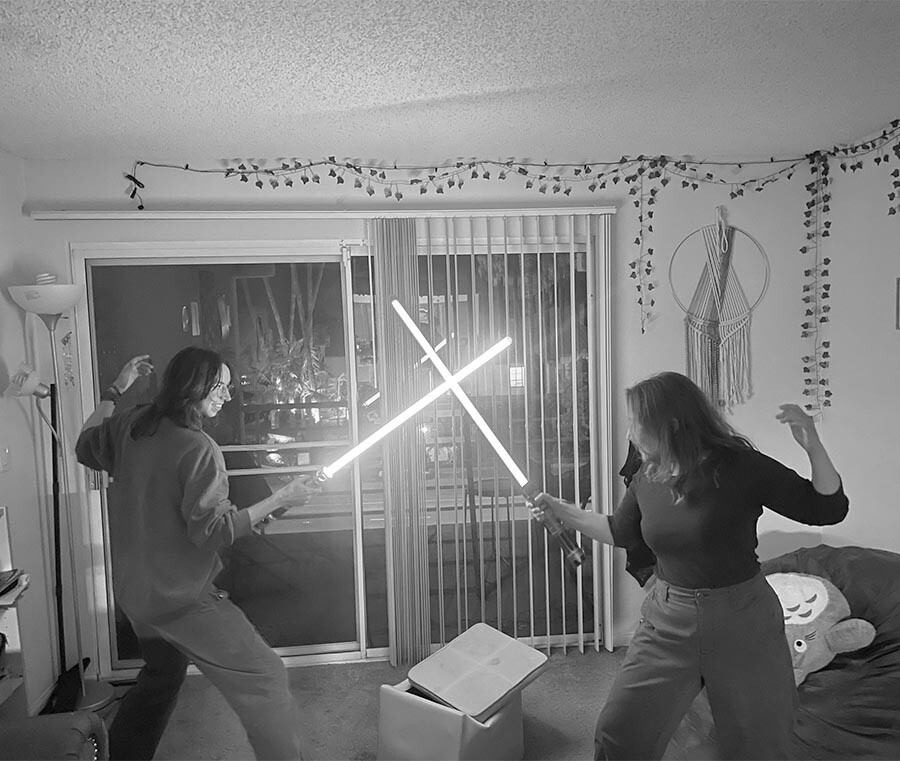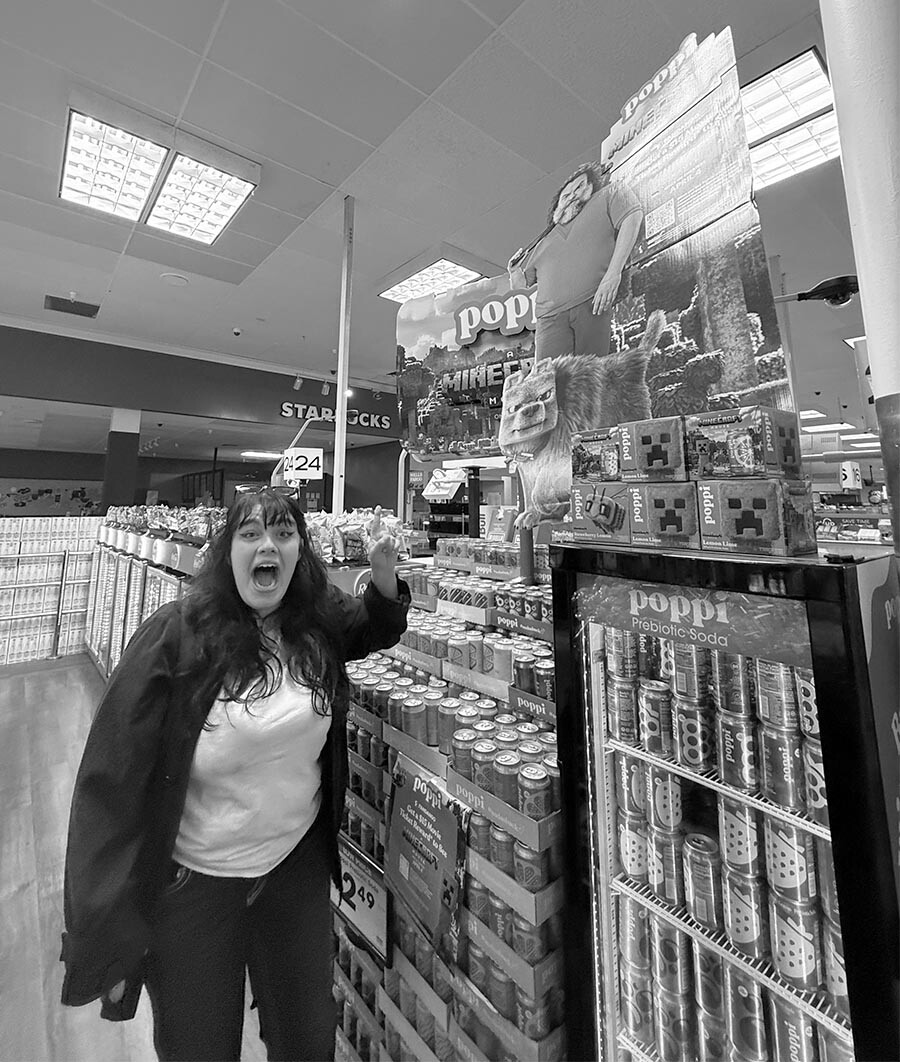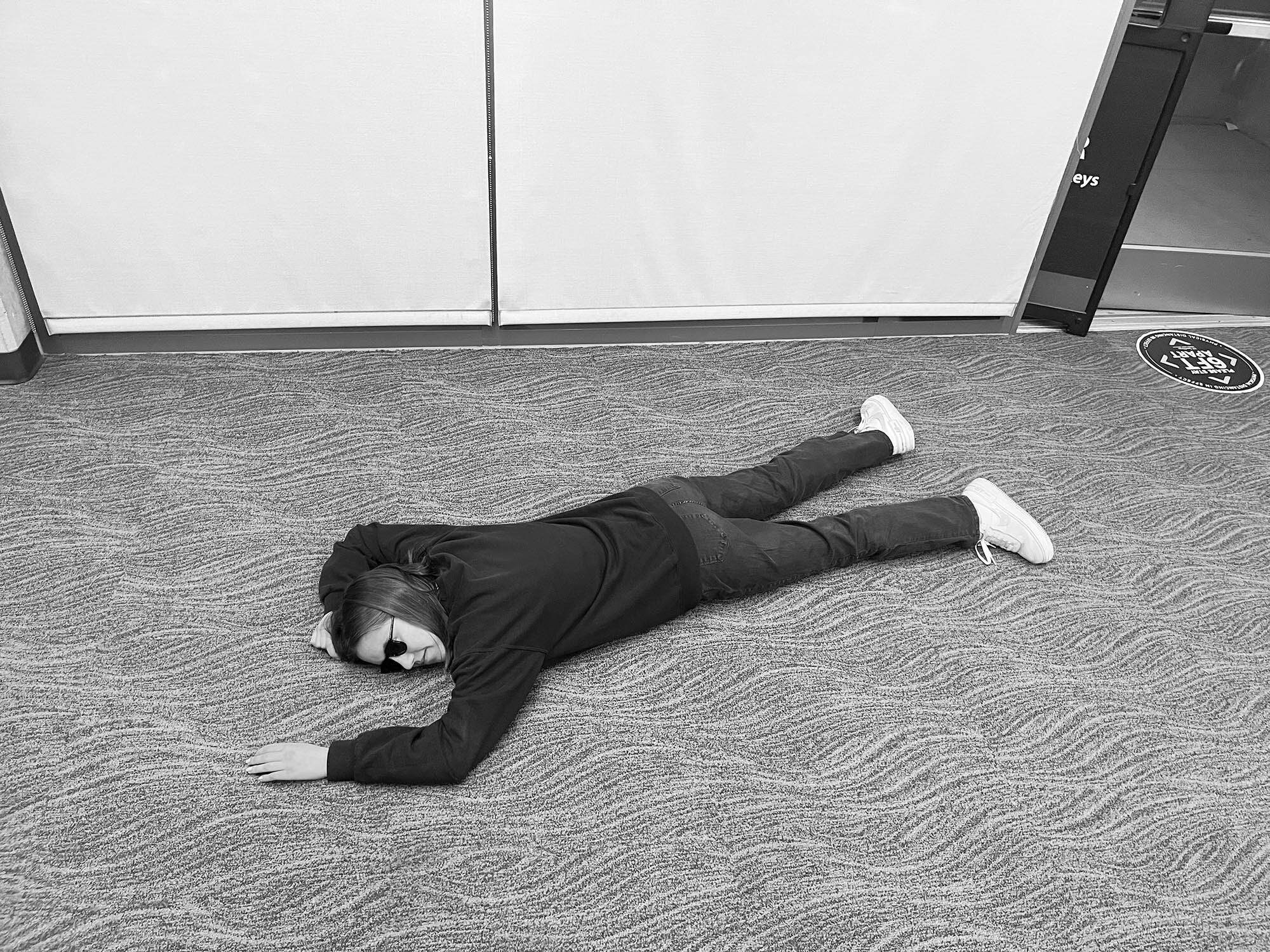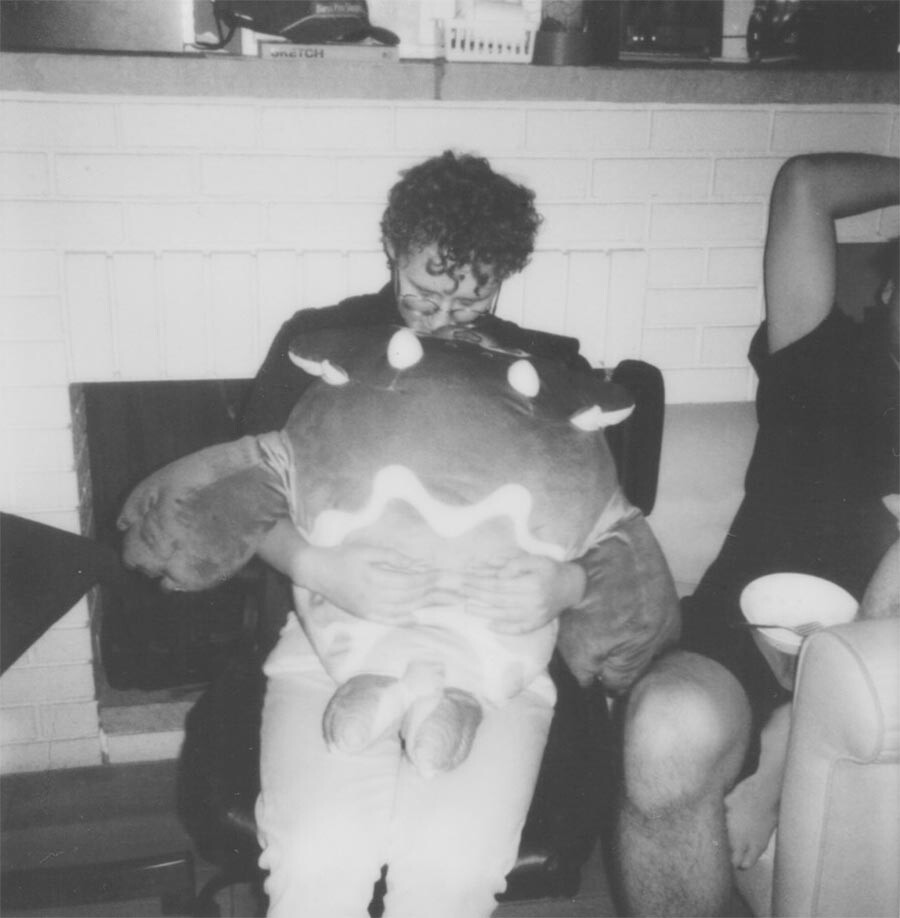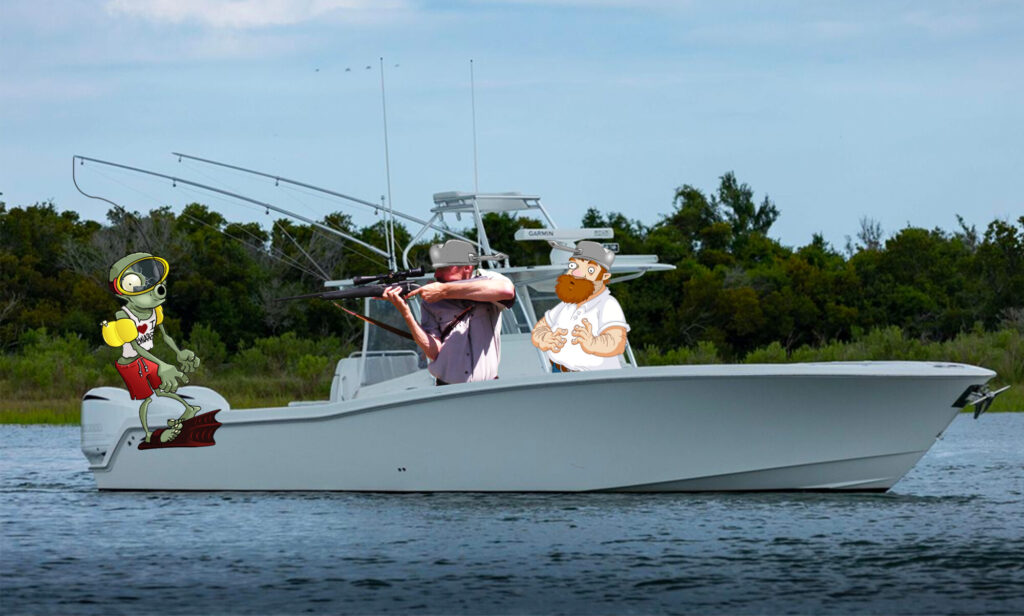
“These plants show an appalling amount of sentience. I’m not sure what I’m gonna live off of,” said one vegan resident.
Photo by Millie You
On August 24, the Japanese government started releasing treated radioactive wastewater that had accumulated in the years following the 2011 Fukushima nuclear power plant meltdown. The government filtered out hazardous elements but was unable to filter out tritium, an isotope of hydrogen, before dumping the water into the Pacific Ocean. “I don’t see what the problem with dumping tritium into the ocean is,” said Japanese Prime Minister Dan Reynolds. “Water is made of hydrogen, which is basically tritium, so in a way we are just supplying upgraded building blocks of life to all of the tasty fish swimming in our ocean.”
Unfortunately, the wastewater was not as safe as anticipated, and sea life near the coast of Japan began to mutate rapidly. “At first, the mutations were positive. Bigger tuna, more plentiful sea bream and mackerel,” said Japanese fisherman Wayne Sermon. “Those positive mutations were soon outweighed by the zombies that started harassing our fishing boat. They would eat the fish right out of our nets, and one of them even got my friend Jacob Beser. The poor guy is one of them now. Soon, the zombies ran out of fish to eat, and they headed for the beaches to try and eat us.”
The zombies were a shock to all but one biologist, who had predicted their emergence when the Japanese government first announced the wastewater disposal plan. “The zombies were easy to see coming if you really think about it scientifically,” said biologist Ben McKee. “All the dead bodies in the ocean end up off of Japan’s coast thanks to the underwater ocean currents, and anyone who’s ever watched a movie can tell you that radioactive waste mixed with bodies gives you
zombies. I even published a paper about this in July called ‘Zombies! Ahhhhhhh!’ but for some reason no one took it seriously. Now that I’ve been proven right, maybe people will start listening to me when I say Nessie has relocated from Loch Ness to Lake Erie.”
The zombies devastated Japan’s coastline, eliminating an estimated 80% of the biodiversity in Japan’s waters before a natural solution emerged. “It was horrific when the zombies came inland,” said Japanese surfer Daniel Platzman. “I could no longer shred the gnar without having to worry about a zombie snaking me and trying to get at my brains. I thought I was going to have to give up surfing forever, but then the Tangle Kelp started pulling zombies under, the Sea Shrooms started obliterating them, and the Wall-nuts blockaded the hordes. Just like that, I was able to get back to hanging ten. Shout out to
the plants.”
The plants’ mutations also seem to be linked to the increased levels of radiation in the water, with a study out of Tokyo University claiming that after a 5% increase in radiation levels, zombies would begin to rise, and after a 10% increase in radiation, plants would begin to fight back against the zombies. In response to the results, Prime Minister Reynolds said, “It’s obvious that putting more radioactive waste in the water can only help the plants and other aquatic life get stronger in their fight against the zombies. My fellow scientist, Dr. Imagons Dragine has informed me that when the plants take in the radioactive wastewater, they begin to wake up and feel a power in their bones — enough to make their systems blow — bringing them into a new age of the plant life cycle. In order to help facilitate this radioactive stage of life in plants, I am hereby ordering the dumping of plutonium and uranium into the ocean.”





